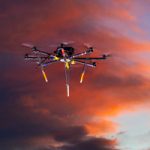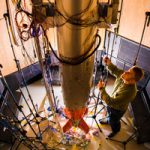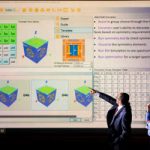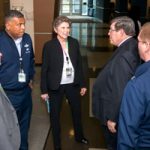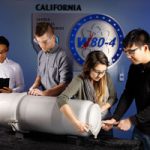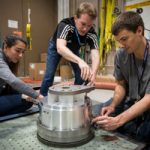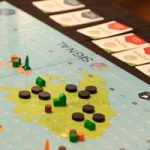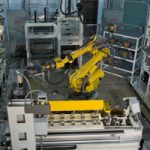Sandia aerospace engineer to head national institute
Members of the American Institute of Aeronautics and Astronautics elected Basil Hassan, a senior manager and engineering program deputy, as the group’s next president. The AIAA represents more than 30,000 individual and 95 corporate members from the aeronautics and space community. Basil will begin a yearlong stint as president-elect of the institute in May, and then serve a two-year term as president starting in May 2020.
Future hypersonics could be artificially intelligent
A test launch for a hypersonic weapon — a long-range missile that flies a mile per second and faster — takes weeks of planning, and it's uncertain how useful test systems will be against urgent, mobile or evolving threats. But Sandia's hypersonics developers think artificial intelligence and autonomy could slash these weeks to minutes for deployed systems.
B61-12 team reaches milestones in nuclear deterrence mission
Sandia’s B61-12 nuclear weapons team has accomplished several milestones, including the gravity bomb’s final design review and the first production completion of several components for the life extension program. Sandia and LANL presented the B61-12 design for final review to an independent peer-review panel of 12 military and civilian experts last fall.
Sandia’s Tidwell talks to Congress about water-energy issues
Vince Tidwell of Sandia’s water program testified last month on DOE’s research and development into the connections between energy and water before the U.S. House of Representatives Committee on Science, Space and Technology.
Mirage software automates design of optical metamaterials
Sandia software developers have created the first inverse-design software for optical metamaterials. The new software lets users design science-fiction-like materials with the same efficiency that architects use when they draft building plans.
Air Force officials learn about Sandia/CA weapons contributions
U.S. Air Force Lt. Gen. Richard M. Clark, deputy chief of staff for Strategic Deterrence and Nuclear Integration, visited Sandia California last month to familiarize himself with the site’s contributions to national security through nuclear weapons.
W80-4 Life Extension Program achieves major milestone
The W80-4 Life Extension Program achieved a major milestone last month when the joint DOE and Department of Defense Nuclear Weapons Council approved the program to enter Phase 6.3, development engineering. The approval follows multiple briefings by the W80-4 leadership team to program stakeholders at NNSA headquarters and the Pentagon.
Process modernization
Modernizing the nuclear deterrent also means modernizing the weapon development process. To this end, Sandia and the Kansas City National Security Campus have established the New Product Introduction initiative. By integrating lessons learned from past weapons programs and industry best practices into the existing process, NPI can help enhance the security, reliability and performance of the nation’s nuclear deterrent.
CALLING GAMERS: Future nuclear security experts train with Sandia-designed game
The next generation of nuclear security experts is being trained in an exciting new way — by playing a first-of-its-kind war game Sandia helped design. The game, Signal, which goes online this spring after its launch as a board game last year, offers players a chance to make strategic decisions using modern political, economic and military tools.
Robotics system demilitarizes 700,000 Army submunitions
More than 700,000 Multiple Launch Rocket System submunitions have been demilitarized since the Army started using an automated, nine-robot system conceptualized, built and programmed by Sandia engineers.

